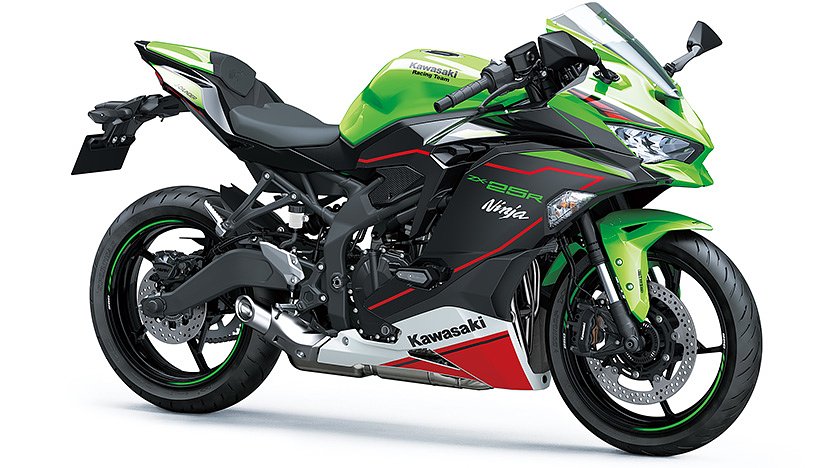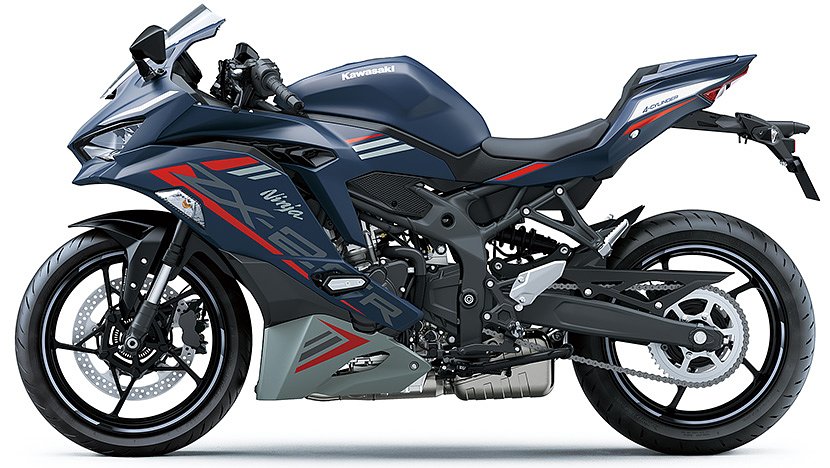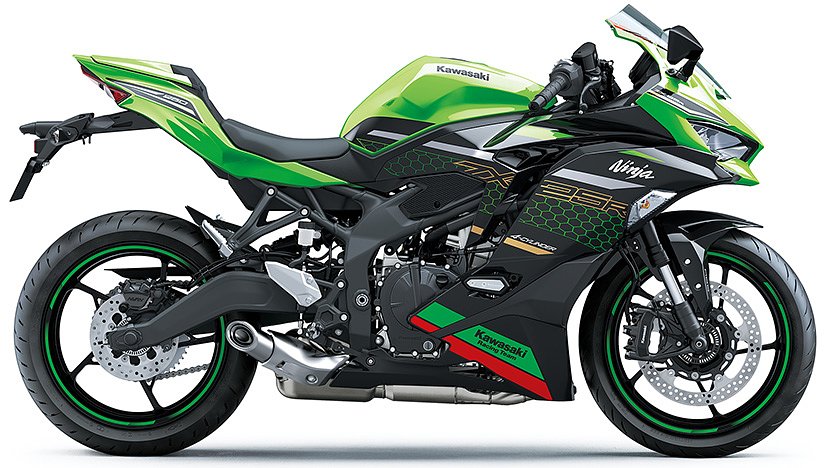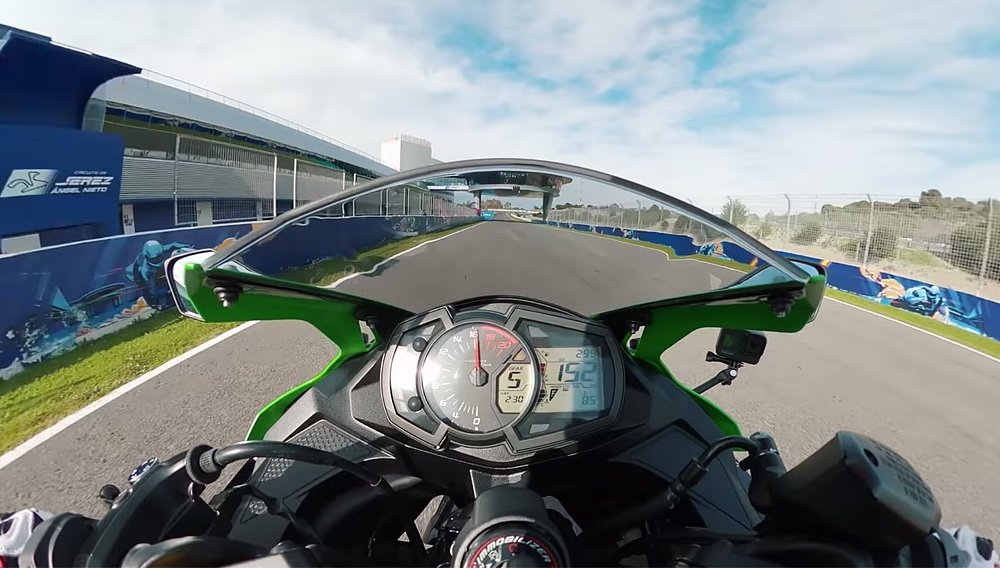News of Kawasaki’s 400-class supersport is spreading far and wide after NHTSA VIN decoder filings revealed upcoming 2023 “ZX400PP” and "ZX400SP" models for the U.S. market. Here’s all we know about this development, plus some educated guesses at how it will be received.
In 2019, Kawasaki announced the ZX-25R sport model, powered by a 250 cc four-cylinder screamer, but the bike never made its way to our shores, despite lots of speculation and excitement across U.S.-based motorcycle media and forums. The 400, which will probably be called the ZX-4R when it officially debuts, seems to be Kawasaki’s response to that interest. (“ZX400” does not appear to be a new name for the existing Ninja 400, because the Ninja 400 was listed separately in the same 2023 NHTSA filing.)

Small multicylinder motorcycles like the ZX-25R and its mysterious big brother are primarily intended for places where larger, more powerful supersports are harder to own. For example, literbikes and 600 cc race reps might fall into a prohibitively expensive tax bracket in some countries, or they may require an advanced license to operate. Small fours allow riders in those markets to enjoy stratospheric redlines without breaking the bank. In fact, all the major Japanese manufacturers have offered small, inline-four sport models over the years to accommodate these customers, and a number of them made their way to the United States as USDM models... or grey market imports. It’s been a while since motorcycles of this class were officially available here, though, so Kawasaki will have the segment to itself if the ZX400/ZX-4R is, in fact, the bike its name suggests.
That said, there are a few reasons why small, sporty fours are hard to come by in the States. First and foremost is the overwhelming preference for larger, more powerful sport bikes. Sure, a 400 should be cheaper to buy than a 600 or a 1,000, but historically, the performance gaps have been much larger than the price gaps. Unfortunately, the 400 fours often weigh almost as much as 600s. Mini-me sport fours tend to be jewel-like luxuries, not bargains. We haven't seen a mainstream 400 cc four cylinder in the United States since Suzuki's Bandit/GSF400, which wasn't even a faired sport model.
To make matters worse, even the Japanese 600 supersport class is in a serious state of decline. Kawasaki’s own ZX-6R ($10,699-$11,999) hasn’t had a substantial update in nearly a decade, and the competition is shockingly long in the tooth. The Yamaha YZF-R6 has disappeared from the street entirely, replaced by the new YZF-R7 twin and a track-only R6. If the middleweights are falling out of favor, will the lightweights fare any better?

The value problem also works in the other direction: 250-400 class twins are lighter, cheaper, easier to maintain, and far more popular from the street to the track. Honda offered the CB350 Four alongside its CB350 twin back in the early 1970s, and customers overwhelmingly preferred the twin. A similar phenomenon happened during the wave of baby sport bikes that appeared in the late 1980s and early 1990s, when the Ninja 250 handily outsold the ZXR400 four in markets where both models were offered.
Common Tread had heaps of praise for the current Ninja 400 when we first tested it, and the bike became even better on the track after a round of upgrades and modifications. Kawasaki’s greatest competition might just be a motorcycle it already offers.
Maybe things will be different this time?
The Ninja 400 currently retails for $4,999. ZX-25R pricing in other markets hovers around 25 percent more than the Ninja 400, depending on where you look, and a ZX-4R is sure to cost even more. Then again, the ZX-25R’s good for some 50 horsepower, and we don’t know how far Kawasaki will push the envelope with the new 400. Might a 60-plus horsepower output justify the hefty price (and weight) when compared to a twin? Common Tread’s comment section for the ZX-25R was overwhelmingly positive, and small motorcycles don't have the same stigma they did 20 years ago. We'll have to wait and see many riders will really pony up for a motorcycle like this.

Prediction: All signs point to a future cult classic
A ZX400 four would be a unique option for an equally unique customer here in the States, where the “bigger is better” mindset still holds strong among sport riders. A little ZX sounds like a neat “everyday exotic” kind of ride, and because this class of motorcycle is highly aspirational in other markets, the running gear, fit, and finish is traditionally well above what you’ll find on budget twins. That said, a Ninja 400 or even a middleweight Ninja 650 (MSRP: $7,899 to $8,499, depending on options) can lure away riders who don’t need the cool factor of four cylinders. The ZX-4R seems destined to be a cult classic like the Bandit based on what we know about it.
Expect more news about the 400 during the Intermot or EICMA shows in the fall. That gives the Common Tread staff plenty of time to fight over who'll get dibs on a potential review assignment.

 Membership
Membership









